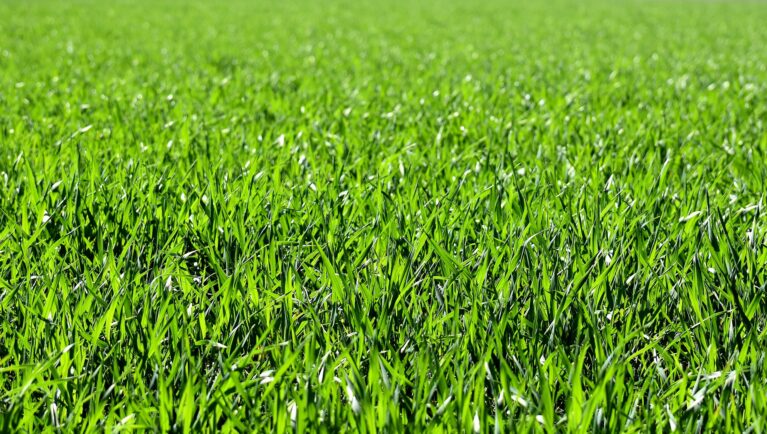In today’s rapidly changing urban environments, stormwater management has become increasingly important. As climate change causes more frequent heavy rainfalls and flooding, cities are searching for sustainable and cost-effective solutions. Grass, particularly turfgrasses, presents a promising opportunity. Not only do grasses improve stormwater systems, but they also reduce maintenance and enhance infrastructure resilience.
Nature-based solutions rely on robust and easy-to-maintain systems that can adapt to varying climates. Grass is an ideal choice, offering benefits that few other plants can. From erosion control to water infiltration, grasses provide both a sustainable and efficient solution for stormwater management.
Challenges and Solutions
Stormwater systems often struggle with clogged roadbeds caused by soil and pollutants, which reduce their effectiveness. Grass species like creeping bentgrass and smooth-stalked meadow grass address this issue effectively. Their growth patterns, which include stolons and rhizomes, help spread over sediments, ensuring that infiltration areas remain clear and functional.
Erosion is another challenge, particularly in areas with exposed soil. Grass naturally prevents erosion. Fast-growing species like Westerwold ryegrass stabilize the soil quickly, while tall fescue has deeper root systems that lock soil in place, reducing erosion risks.
Moreover, stormwater systems need to handle both heavy rain and dry periods. Grass is well-suited for these extremes. Tall fescue and smooth-stalked meadow grass thrive in wet conditions, while red fescue and hard fescue are highly drought-tolerant. By combining grasses suited to both conditions, stormwater facilities can maintain green cover throughout various weather patterns.
Some stormwater systems are built on gravel substrates, which provide poor growing conditions. However, “low input” grass species such as hard fescue, sheep fescue, and red fescue thrive in these environments, requiring minimal water and nutrients.
Efficient water infiltration is essential, and grasses contribute significantly to this process. Turfgrasses, with their fibrous root systems, promote even water distribution and prevent flow paths that could undermine filtration systems. Creeping bentgrass, tall fescue, and slender creeping red fescue are especially effective for roadbed filters.
Additionally, grasses like tall fescue and creeping bentgrass are resistant to salt, making them ideal for areas affected by winter road salting.
In summary, grass is a vital tool for modern stormwater management. It offers a sustainable, resilient, and adaptable solution for cities facing increasingly unpredictable weather conditions.
The post Unlocking the Power of Grass for Stormwater Management Solutions appeared first on Seed World.
